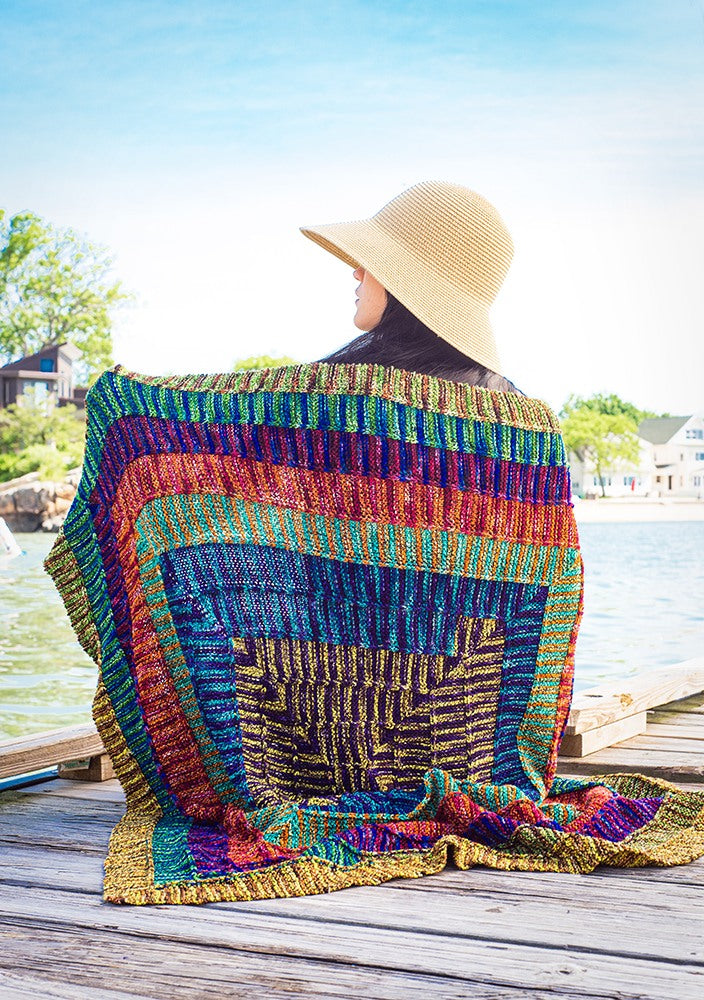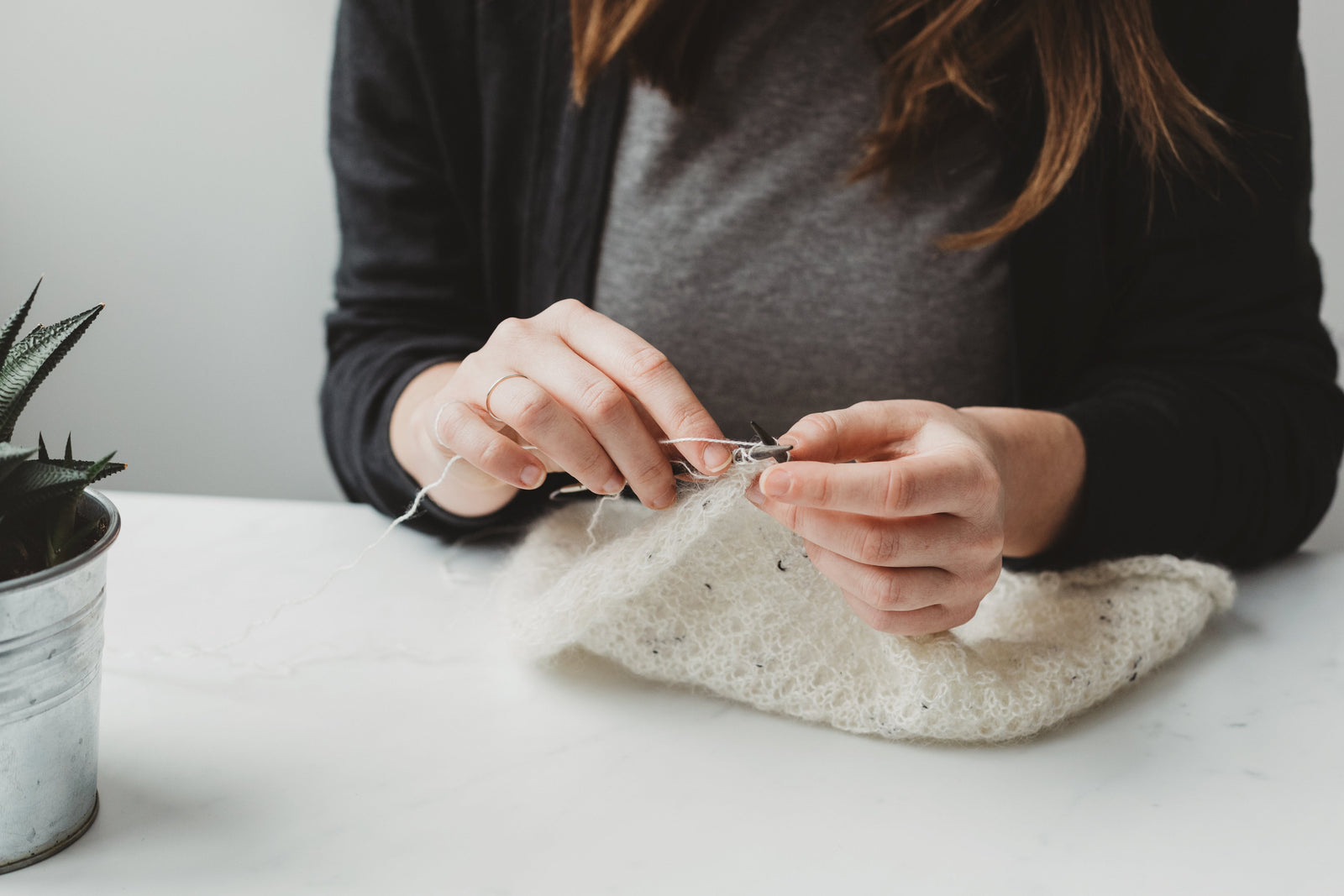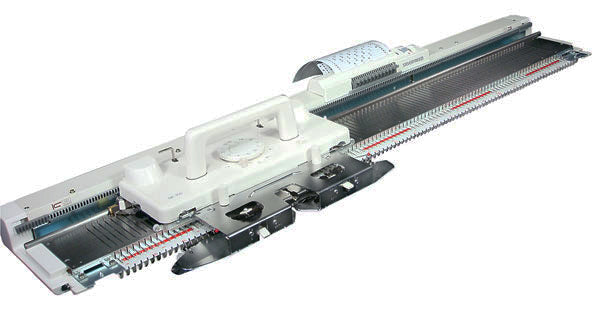Your Cart is Empty
Learning a new craft also means learning a new language, in a way. The knitting community has a complete set of jargon that new knitters will need to learn to thrive. From knitting stitches to types of yarn and gauges, it may all seem so out of reach. We have compiled the most common knitting terms in hopes of making your new hobby a bit easier to learn.

And applied I-cord is an edging technique that created a smooth, rounded edge. It adds structure to your garment at an edge that would otherwise be prone to stretching. The applied I-cord is also used to minimize the rolling of a stockinette edge.
The backstitch is one of the strongest sewn stitches. If your pattern calls for a backstitch, you will insert the threaded needle under two rows next to the selvedge and then up through both layers. Count back one row and insert your needle under the next two rows. This circular motion continues ahead two rows and then back one row.
The process of casting on created the foundation for your knitting project. Stitches are formed that are then knitted or purled to form the project.
Frog is knitting slang for “ripping out” or taking the knitting off the stitches and unravelling quickly. Crocheters also use this term when ripping out their stitches.
For elegant shaping with minimal gaps and no stitch markers or yarn overs to keep in order, German short rows are a simple way to add shaping to garments.
This knitting technique is used to create patterns with multiple colors. Since it involves knitting with blocks of color, the end result appears to be inlaid and fits together like a puzzle.
This stitch is used for invisibly weaving together live stitches. New knitters are sometimes intimidated by this stitch because it seem complex on paper. With a bit of practice, it is very simple to execute. The end result is the creation of an extra row of knitting that seams beautifully.
A lifeline is a piece of waste yarn that is threaded onto a row to hold the stitches in the event that a mistake is made and a stitch slips. Rather than experiencing the frustration of having to fix entire rows, a lifeline minimizes the effects of a mistake. Placing lifelines is a great idea for newbie knitters.
This finishing technique is used for vertical seaming. Mattress stitch seams join pieces in stockinette stitch or ribbing and are commonly used for sewing the front and back of a sweater together.
If you are knitting vintage baby blankets or other vintage garments, you will come across patterns that call for the overhand stitch. It is a technique used to finish the inside edges of a garment by stitching folded edges together.
Whether hanging from a hat or knitted garland, pom poms are a literal ball of fluffy fun. Making a dense yet fluffy pom pom takes some practice but is so fun!
This bind off is a favorite for collars, sock tops, or anything that requires a bit of stretch. The sewn bind off typically uses a tapestry needle.
"Steek" is an old Scottish word that refers to a group of extra stitches. When a knitter is steeking, they are adding a bunch of extra stitches with the purpose of cutting them later. It is used as a shortcut when knitting garments, such as sweaters, without interruption for sleeve openings. The steeking is cut later for the tube to be added.
Hand making a twisted cord is a quick and easy way to add a cord or strap to your project. A typical twisted cord consists of three strands that are right-laid. Each piece of yarn is folded in half, twisted and folded on itself creating a cord that is several strands thick.
A whip stitch is a sewing technique used to create the perfect seam between two knitted squares. It is a great stitch to use when the edges do not line up perfectly.
Simply put, a yarn over adds an extra stitch on your knitting needle and creates an intentional hole in your fabric. They are used in lace knitting and also for buttonholes.
As you grow as a knitter, you will undoubtedly pick up hundreds of new knitting terms and abbreviations. Knowing these knitting terms is a great place for new knitters to start. Did we leave an important term out? Let us know in the comments.



